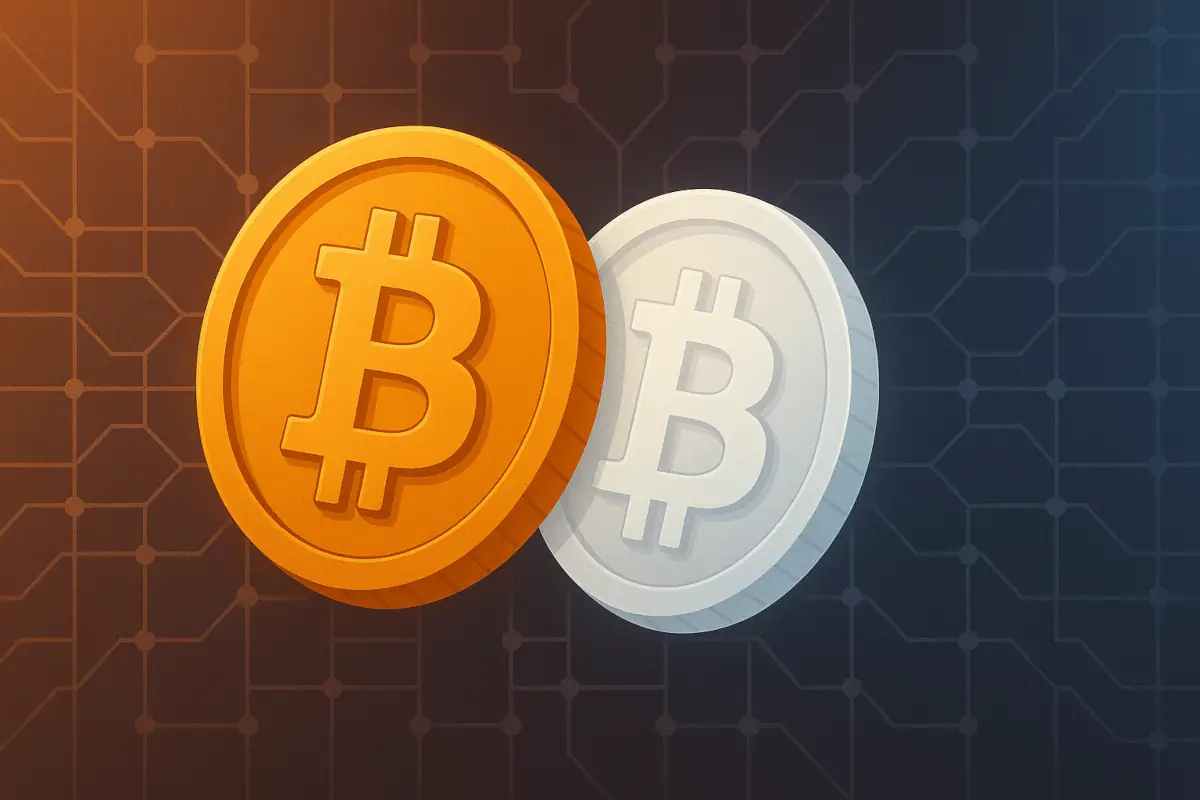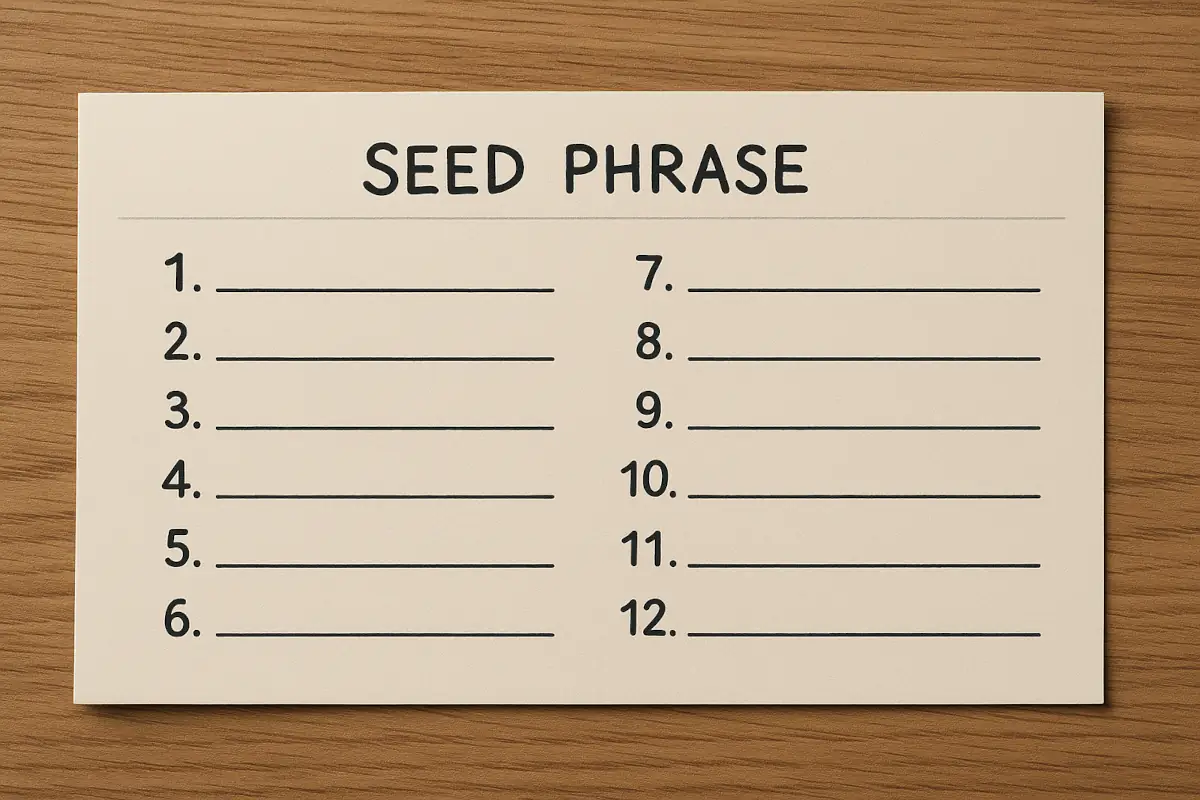Wrapped cryptocurrencies help transfer assets across different blockchains. Coinbase recently launched wrapped XRP and DOGE on the Base network, showing progress in cross-chain integration. These tokens mirror assets from other blockchains, allowing use in platforms that don’t natively support them. This article explains how wrapped coins work, their use cases, risks, and possible updates.
Table of Contents
What are Wrapped Cryptocurrencies?
The wrapped token represents an asset native to one blockchain that has been issued on another chain with one-to-one backing. It acts as a proxy for the original currency on the target network. By holding an original coin in secure reserve, the wrapped variant maintains equal value.
The concept aims to connect separate networks so tokens from one ledger support protocols on another. Example uses include carrying Bitcoin into Ethereum-based systems where the native token is not accepted. Such an arrangement broadens participation in decentralized finance offerings originally limited by incompatible platforms.
The tokenization step requires the creation of a new variant using the widely used token format. The custodian or smart contract locks the original coin and issues equal tokens on different chains. The holder can redeem the wrapped variant at any moment for the underlying asset, ensuring the peg remains accurate at a one-to-one ratio.
How Wrapped Tokens work?
The process begins when the user or merchant sends the original coin to a designated custodian. That entity secures assets in a vault or protected wallet. An automated program mints a matching quantity of wrapped tokens on the chosen blockchain, typically following common token standards for compatibility.
For Bitcoin on Ethereum, the custodian holds one Bitcoin for every wrapped Bitcoin minted. Tools that govern that cycle involve merchants that coordinate with custodians and decentralized groups overseeing rules. The burn step removes the wrapped token from the supply and returns the original coin to the redeemer once conditions are met.
Owners redeem by submitting burn requests to smart contracts. After the removal of wrapped coins, custodian releases held the original. A decentralized body with multi-signature management adjusts the member list and updates contract terms when necessary. Such structure aims to keep operations aligned with agreed practices.
Examples of wrapped Crypto Assets
Wrapped Bitcoin emerged first in 2019 when BitGo, Republic Protocol, and Kyber Network formed a collaboration. Their product enabled Bitcoin holders to access Ethereum protocols by converting coins into ERC-20 format. Since that moment, wrapped variants have grown beyond one token to include others originally incompatible with various blockchains.
Popular examples include Wrapped Ether, Wrapped Tron, Wrapped Dogecoin, and Wrapped Matic. Each token links to the underlying asset at a one-to-one rate. Asset backing remains in reserve under controlled storage while proxies circulate on networks where the original chain cannot natively function.
Hundreds of tokens now exist in wrapped form. Projects on different layers support tokens such as Wrapped AVAX, Wrapped Fantom, and Wrapped BNB. These synthetic coins enable seamless participation across diverse ecosystems without moving native assets across chains directly.
Coinbase launch of wrapped XRP and DOGE
Coinbase recently launched wrapped versions of XRP and Dogecoin on the Ethereum-based Base network. Reserves of one-to-one backing are held by the exchange. Issuance reached 10.4 million cbDOGE valued at about 1.88 million dollars per Dogecoin price at the time of writing. At least 2.3 million cbXRP valued at over 5 million dollars are also outstanding.
Issuance of cbXRP and cbDOGE follows earlier wrapped assets on Base such as wrapped Bitcoin and wrapped Ether. Planned launches for wrapped Cardano and wrapped Litecoin remain scheduled in the coming weeks. Contract addresses are posted publicly to prevent confusion and reduce the risk of interacting with fraudulent tokens.
Wrapped versions let holders use XRP and Dogecoin in DeFi applications on the Base network. Developers can integrate these tokens into smart contracts for lending, trading, and other financial functions. Such additions aim to boost the adoption of the Base network by increasing activity and lock value within its ecosystem.
Wrapped Tokens Drive Cross-Chain Growth
Wrapped tokens help cross-chain trading platforms by enabling asset swaps between different blockchains. Liquidity pools accept more token types, increasing the number of trading pairs. Traders benefit from wider access and don’t need to switch platforms. This integration simplifies transactions and improves access to broader crypto markets within one interface.
Yield farming and lending protocols now accept wrapped tokens as collateral. For example, users can use wrapped Bitcoin on Ethereum platforms to earn yield. This flexibility draws more users into decentralized finance, helping spread risk and grow participation across systems that otherwise wouldn’t be compatible with the original asset.
By bridging tokens once instead of through multiple conversions, wrapped tokens reduce both time and transaction fees. Users trade freely within the target network, improving convenience. Liquidity pools deepen as assets from various blockchains combine. This consolidation of capital leads to smoother execution and greater volume on decentralized platforms.
Final Words
Broader acceptance of wrapped coins may drive further integration among networks. As more platforms support multiple token types, the cost of transferring assets could decline. Investors new to decentralized finance could use familiar coins on alternative blockchains without selling holdings.
Regulators may set guidelines regarding custody and issuance to protect users. Improvements in smart contract auditing and decentralized governance may reduce risk. The trend of wrapping additional tokens such as Cardano and Litecoin indicates the expansion of accessible asset sets for cross-chain projects.




